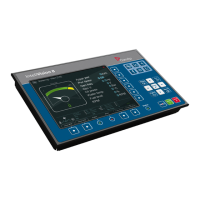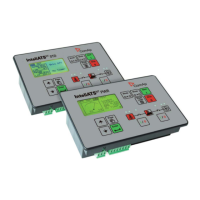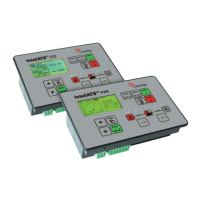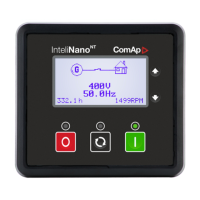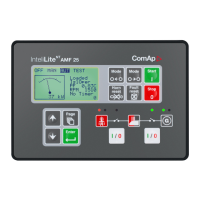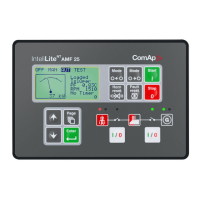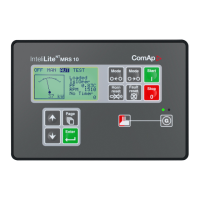3.21 EFI engines
To meet requests for low fuel consumption, low emissions and high reliability, modern engines are
electronically controlled by an "Engine Control Unit" (ECU). The ECU is fitted directly on the engine; it
measures various engine parameters like speed, intake air flow, coolant temperature, etc. and controls
various actuators like injectors, ignition, valves, etc. to achieve optimal operating conditions of the
engine.
Most of the ECUs also have a communication interface to the rest of the system (e.g. a vehicle, a gen-
set, a pump, etc.) to provide engine operational data, alarm conditions and also to enable remote
control. The most commonly used interface is the CAN bus with the SAE J1939 protocol or sometimes
also the RS485 with the MODBUS protocol.
The J1939 protocol was introduced by the SAE organization originally for the automotive industry but
now is often used also for other engine applications. The J1939 specification is partially open, which
means that each engine producer may have a slightly different implementation of the J1939 protocol.
This is why each new ECU type obviously needs slight modification of the controller firmware to
support the particular ECU.
The IC-NT controller supports most of the J1939-based ECU types as well as Cummins Modbus ECU.
New ECU types are added to the firmware as they appear in the field.
3.21.1 Differences between a classic and EFI-engine application
The main difference is less wiring, sensors and actuators in an EFI-engine application compared to a
classic one. The typical wiring of an EFI-engine application shows that there are no analog sensors,
no pickup and no governor. All this information is being communicated between the controller and the
ECU via the communication bus.
Data received from the ECU (if available in the particular ECU)
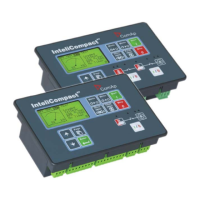
